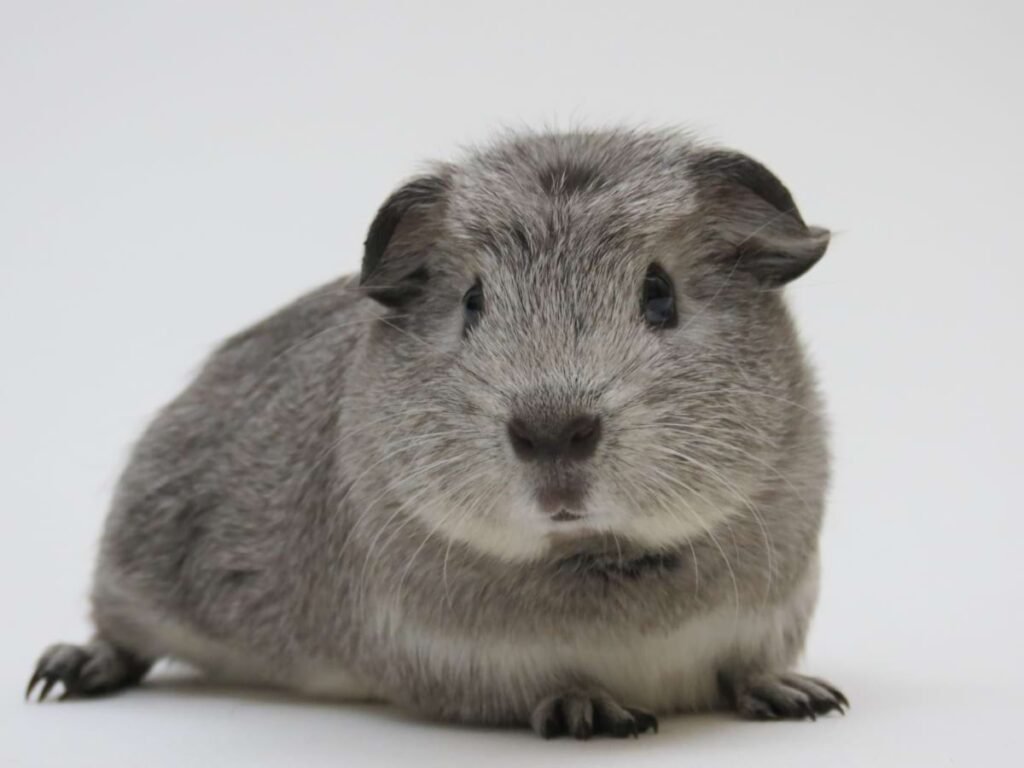Guinea pigs are available in a wide variety of colors and patterns, ranging from the popular self-colored guinea pigs to the more uncommon Dalmatian, fox, and magpie patterns.
Color variations in guinea pigs include beige, black, buff, chocolate, cream, gold, lilac, red, saffron, slate, and white. Many guinea pigs exhibit a mix of two to three of these colors.
This article explores various breed standards and presents a comprehensive list of guinea pig colors, along with the patterns they may exhibit and the colors they are associated with.
While show standards are mentioned here, it’s important to note that every guinea pig is perfect regardless of their appearance!
Guinea Pig Colors
Guinea pigs typically have one to three different coat colors, which can be a combination of the following:
- Beige
- Black
- Buff
- Chocolate
- Cream
- Gold
- Lilac
- Red
- Saffron
- Slate/Silver
- White
Guinea Pig Coat Patterns
Self
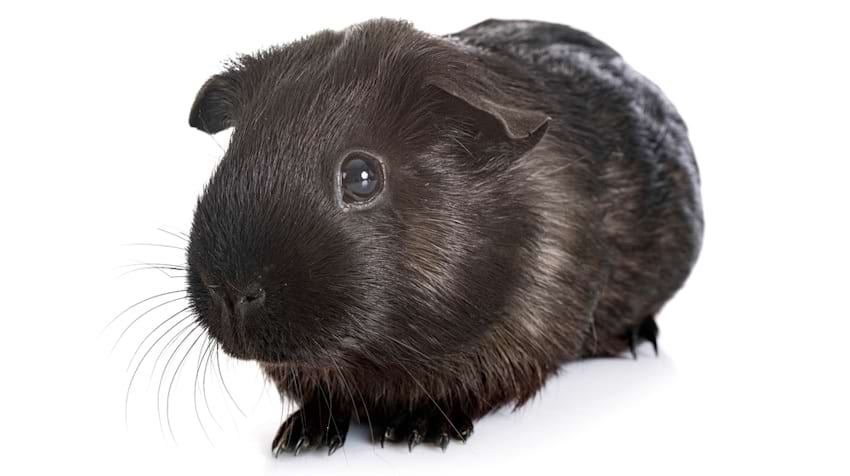
Self guinea pigs are solid-colored without ticking or brindling. They can come in any of the colors listed above.
Pure white, cream, or gold guinea pigs may have dark-eyed or red-eyed characteristics.
Agouti
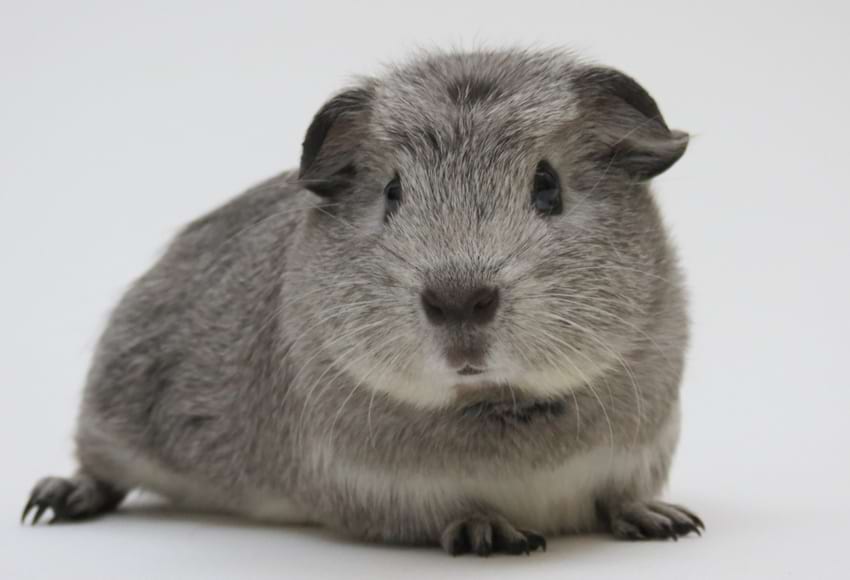
These guinea pigs have ticked coats characterized by alternating, single-colored fur strands. According to the British Cavy Council breed standard, Agouti guinea pigs can be any of the following colors:
- Golden – Black with gold ticking
- Silver – Black with silver ticking
- Lemon – Black with buff ticking
- Chocolate – Brown with red ticking
- Cream – Brown with cream ticking
- Cinnamon – Brown with silver ticking
Typically, an Agouti guinea pig’s underbelly matches the color of their ticked fur. For instance, a golden Agouti will have a gold-colored stomach.
Argente
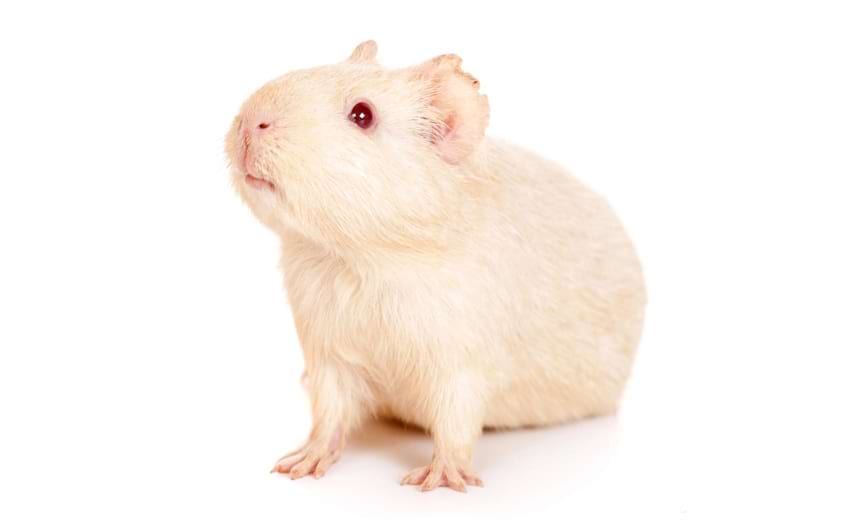
Argente guinea pigs have ticked coats due to bi-colored hair strands. Most Argentes also have red eyes. They can be bred in colors such as lilac and white, beige and gold, lilac and gold, cream, and beige, and beige and white.
Bicolor

Bicolored guinea pigs feature two distinct coat colors that do not overlap but appear in separate patches throughout the coat. While they can have various color combinations, they often exhibit white alongside a secondary color like red or black.
The Dutch pattern is a popular choice for bicolored guinea pigs, characterized by colored patches on the face and rear, with white fur elsewhere.
Tricolor

Tricolor guinea pigs resemble bicolors but with three coat colors instead of two. One common tricolor combination is tortoiseshell and white, featuring red, black, and white colors.
Brindle

Brindle guinea pigs have patches of black and red fur with brindling where the colors meet. In guinea pig shows, more brindling is preferred, but all guinea pigs are adorable regardless!
Dalmatian

Dalmatian guinea pigs are white with black spots, resembling Dalmatian dogs. They have large black patches on either side of their faces with a strip of white on the nose.
It’s not advisable to breed Dalmatian guinea pigs together or with roan guinea pigs, as offspring with two Dalmatian or roan genes may result in the birth of lethal white guinea pigs. These babies often face numerous health issues and have shorter lifespans, sometimes being stillborn.
Fox
Fox guinea pigs have a darker base coat with lighter fur around the nose, eyes, and underside. These unique guinea pigs are rare, and spotting one in real life is quite uncommon!
They are bred in colors such as chocolate, beige, lilac, and black.
Himalayan
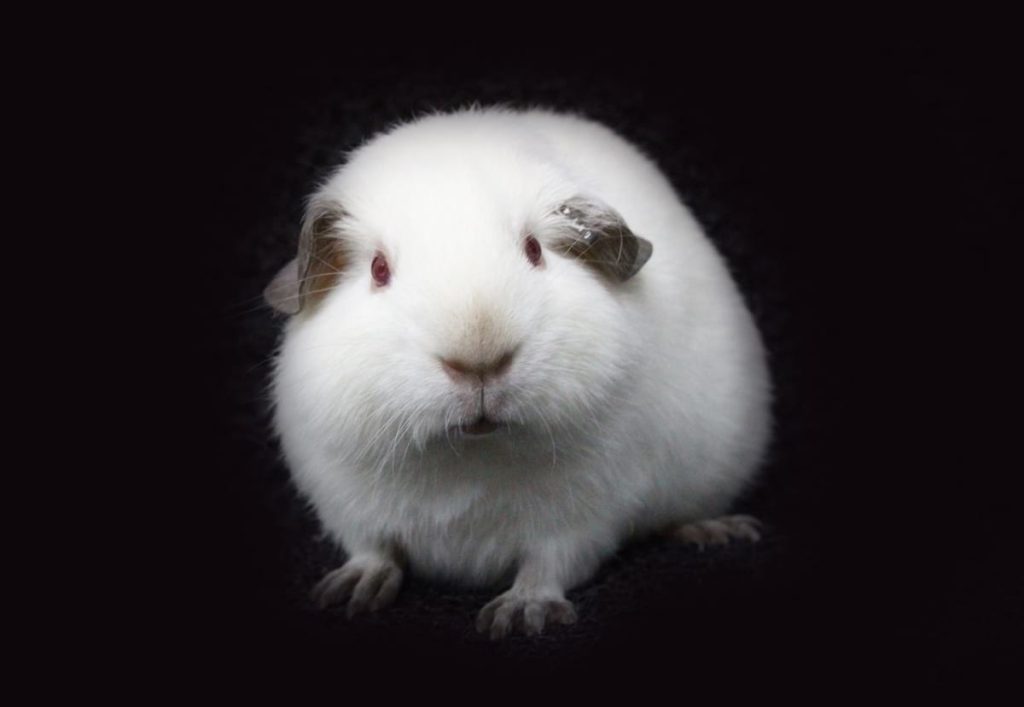
Himalayan guinea pigs have white fur and red eyes, with dark points similar to Himalayan cats on their nose, ears, and feet.
As per the breed standard, preference is given to guinea pigs with a distinct contrast between their markings rather than colors that blend together. The two recognized Himalayan guinea pig colors are black point and chocolate point.
Roan
Roan guinea pigs have a dominant fur color with white hairs scattered throughout the coat, without white on their face or feet.
It’s crucial to avoid breeding roan guinea pigs together or with Dalmatian guinea pigs to prevent the unethical production of lethal white guinea pigs.
Tan
Tan guinea pigs feature small tan patches around the chin, eyes, snout, ears, and stomach, with a base coat that can be chocolate, black, lilac, or beige.
Tortoiseshell
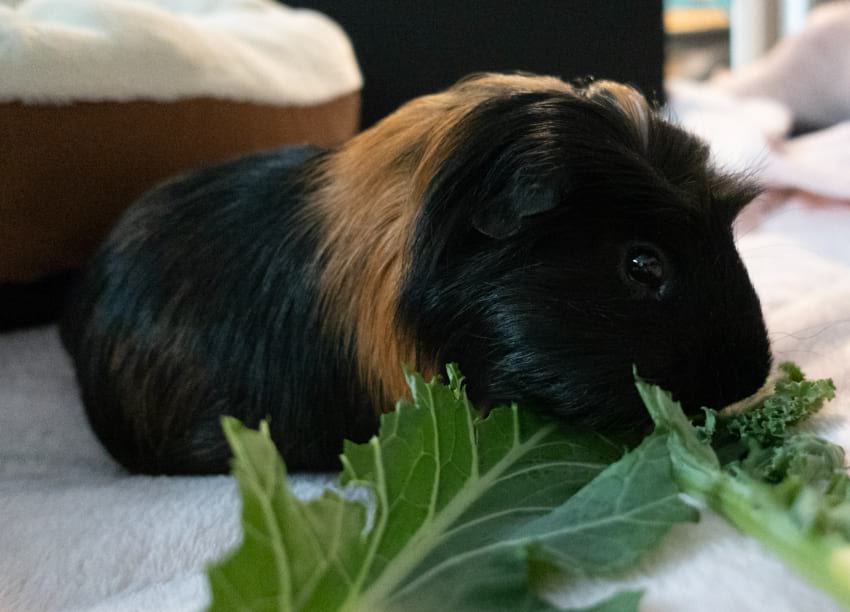
Tortoiseshell guinea pigs exhibit red and black patches with some overlap. Judges prefer the patches to be square and not meet at the center of the piggy’s back.
Magpie
Magpie guinea pigs are black and white with a distinctive checkerboard pattern, possibly with ticking or spotting in the fur.
This article aims to enhance your knowledge of guinea pigs and their coat colors. Remember, when adopting a pet, consider their personality and ensure you can provide them with a good life!

